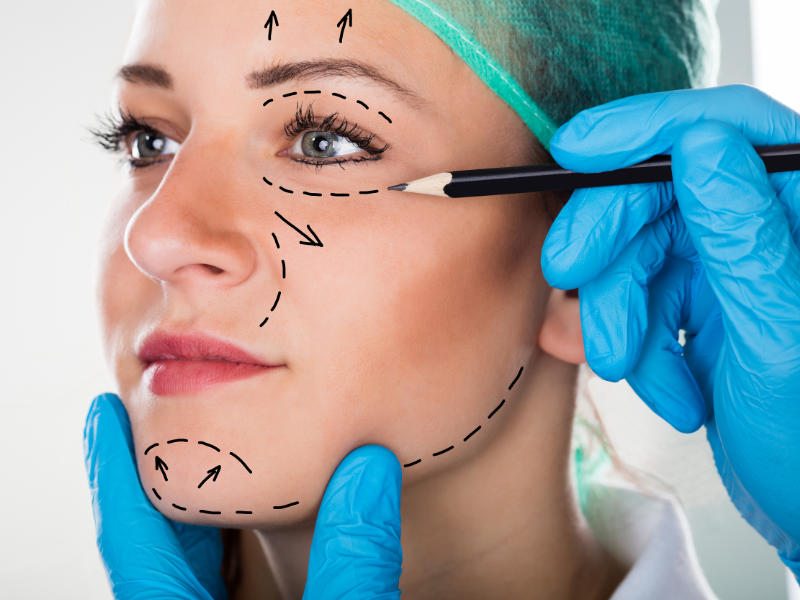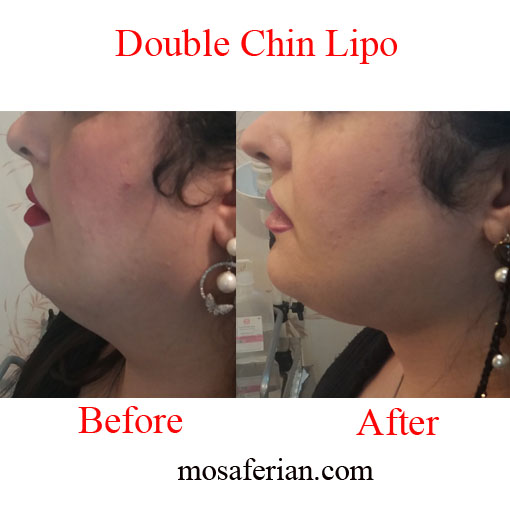Adrenaline injection is used along with emergency medical treatment to treat life-threatening allergic reactions caused by insect bites or stings, foods, medications, latex, and other causes. Adrenaline is in a class of medications called alpha- and beta-adrenergic agonists (sympathomimetic agents)
Adrenaline should be used with caution in patients with:
• hyperthyroidism, psychoneurosis, phaeochromocytoma, narrow angle glaucoma, diabetes mellitus, hypokalaemia or hypercalcaemia.
• severe renal impairment, prostatic hypertrophy or urination difficulty
• cerebrovascular disease, organic brain damage or arteriosclerosis
• autonomic dysreflexia (hyperreflexia), particularly in spinal cord injury (e.g., tetraplegics)
• shock (other than anaphylactic shock)
• organic heart disease or cardiac dilatation (severe angina pectoris, obstructive cardiomyopathy, hypertension) as well as most patients with arrhythmias. Anginal pain may be induced when coronary insufficiency is present.
Adrenaline should be used with caution in older patients
Adrenaline should be used with extreme caution in patients with long-standing bronchial asthma and emphysema who have developed degenerative heart disease.
Adrenaline should be used cautiously, if at all, during general anaesthesia with halogenated hydrocarbon anaesthetics (See section 4.5).
Adrenaline should not be used during the second stage of labour (See Section 4.6).
Accidental intravascular injection may result in cerebral haemorrhage due to the sudden rise in blood pressure.

Adrenaline injection in asthetics
Tumescent anesthesia involves the injection of a very dilute local anesthetic solution, coupled with epinephrine and sodium bicarbonate, into tissue until it becomes firm and tense (tumescent). The technique was initially pioneered in the 1980s for the purposes of liposuction, but its application has since expanded to cover a variety of surgeries.
The maximum recommended dose of lidocaine, with or without epinephrine, has not historically been applied to tumescent anesthesia. The American Society of Plastic Surgeons (ASPS) has endorsed higher doses of lidocaine in tumescent anesthesia based on available data. Additional studies have suggested that liposuction itself reduces systemic lidocaine absorption, as well as peak serum lidocaine concentrations. Peak serum concentrations typically occur 13–14 hours following initial infiltration.
Interaction with other medicinal products and other forms of interaction
Sympathomimetic agents/Oxytocin:
Adrenaline should not be administered concomitantly with oxytocin or other sympathomimetic agents because of the possibility of additive effects and increased toxicity.
Alpha-adrenergic blocking agents:
Alpha-blockers such as phentolamine antagonise the vasoconstriction and hypertension effects of adrenaline. This effect may be beneficial in adrenaline overdose. (See section 4.9).
Beta-adrenergic blocking agents:
Severe hypertension and reflex bradycardia may occur with non-selective beta-blocking drugs such as propranolol, due to alpha-mediated vasoconstriction.
Beta-blockers, especially non-cardioselective agents, also antagonise the cardiac and bronchodilator effects of adrenaline. Patients with severe anaphylaxis who are taking non-cardioselective beta-blockers may not respond to adrenaline treatment.

Lidocaine maximum dosage
on the other hand, lidocaine doses between 35 mg and 55 mg/kg can be used in tumescent anesthesia administered for liposuction or nanofat grafting. Best current evidence suggests reducing this dose to 28 mg/kg for tumescent anesthesia undertaken for other procedures.19 Despite the relative excellent safety record for this technique, the same care and caution for minimizing the risk of local anesthetic toxicity (LAST) must be applied
Overdose of adrenaline injection
The most common side effects of Adrenalin include:
breathing problems, fast or pounding heartbeats, pale skin, sweating, nausea,vomiting, dizziness,weakness or tremors,throbbing headache,feeling nervous,anxious, and fearful.
After overdosage or inadvertent intravenous administration of usual intramuscular subcutaneous doses of Adrenaline, systolic and diastolic blood pressure rise sharply; venous pressure also rises. Cerebrovascular or other haemorrhages and hemiplegia may result, especially in elderly patients. Pulmonary oedema may occur.
Adrenaline overdosage causes transient bradycardia followed by tachycardia and may cause other potentially fatal cardiac arrhythmias. Kidney failure, metabolic acidosis and cold white skin may also occur.
Treatment
Because Adrenaline is rapidly inactivated in the body, treatment of acute toxicity is mainly supportive.
The pressor effects of Adrenaline may be counteracted by an immediate intravenous injection of a quick-acting alpha-adrenoreceptor blocking agent, such as 5-10 mg of phentolamine mesylate, followed by a beta-adrenoreceptor blocking agent, such as 2.5 – 5 mg of propranolol. Arrhythmias, if they occur, may be counteracted by propranolol injection.


Leave a Reply